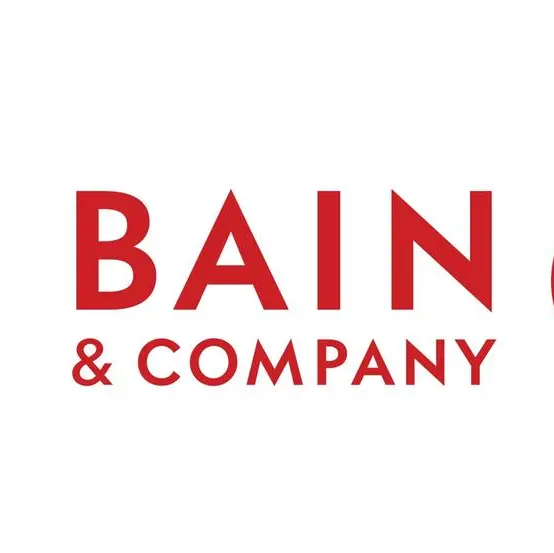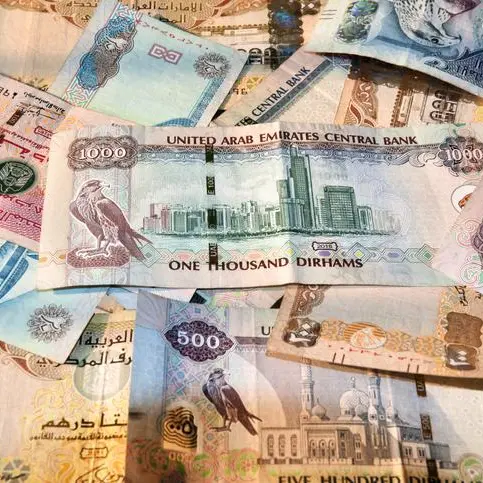PHOTO
Islamic finance background with calculator and rosary on the table.
Fitch Ratings-Dubai: There is still a lack of precedent on how bankruptcy courts would treat sukuk holders in the event of default in most countries, Fitch Ratings says. This is partly due to the low sukuk default rates globally and the still-developing debt capital markets in countries where sukuk are prevalent. Less than 0.25% of all sukuk ever issued had defaulted as of end-1H24. About 81% of Fitch-rated sukuk were investment-grade at end-1H24.
In Fitch’s Country Groups for Country-Specific Treatment of Recovery Ratings, the UAE and Qatar continue to have the highest classification among the covered Organisation of Islamic Cooperation (OIC) countries, where recoveries given default range from superior to poor (Group B). However, the majority of the OIC countries are in the last group (Group D; average to poor). None of the fifteen OIC countries covered in Fitch’s Country Groups is in Group A (outstanding to poor).
No sovereign sukuk has defaulted, with most defaults linked to corporates, and some by financial institutions. Many cases of sukuk default resolution were resolved out of court, with limited insights on the final outcome. In many sukuk-issuing countries, including in the GCC, there is no doctrine of binding precedent, i.e. the decisions of a court in one case will have no binding authority with respect to another case, which adds resolution uncertainty for both sukuk and bonds.
Fitch has observed some of the court-supervised sukuk default resolutions in Malaysia, Indonesia, and UAE over the past five years. Nevertheless, in most cases sukuk defaults were resolved out of court, which didn’t provide adequate transparency. Similar to bonds, the tools deployed in sukuk default resolution can range from maturity extension, lower rates, face value reduction, new debt issuance, and debt-to-equity swap (including a combination of each), or liquidation of the issuer.
Following the AAOIFI Sharia Standard No. 59 implementation for many international sukuk, sukuk investors may benefit from a put option upon the occurrence of “tangibility event” and an ability to accelerate repayment before maturity, which may be an advantage over bond investors. However, this remains untested. Most Fitch-rated sukuk issuers have adequate headroom against any tangibility event, and are asset-based, senior unsecured obligations that rank pari passu with other senior unsecured obligations, including bonds. Sukuk investors generally have no rights of enforcement against the underlying trust assets.
However, with the AAOIFI Sharia Standard No. 62 on sukuk, which is in exposure draft format, the standard-setting body is encouraging a move towards asset-backed sukuk from asset-based sukuk so as to align more closely to shariah principles. The standard adoption could alter sukuk credit profiles, as investors could have recourse to the underlying assets and bear asset risk. However, it is too early to conclude the potential impact.
The UAE is amongst around 20 jurisdictions that fully adopts AAOIFI Sharia Standard. However, adoption varies significantly between countries. In July, the UAE’s Securities and Commodities Authority issued a decision regulating special-purpose vehicles (SPVs), aiming to encourage securitisation and sukuk issuance. It aims to enable public joint stock companies to transfer assets to SPVs, and boosting their ability to issue sukuk and debt instruments backed by these assets.
In Fitch’s Country Groups, OIC countries that are part of Group C include Saudi Arabia, Malaysia, Bahrain, and Oman, where recoveries given default ranged from good to poor. In Group D, where recoveries given default range from average to poor, OIC countries included Turkiye, Indonesia, Bangladesh, Morocco, Nigeria, Azerbaijan, Jordan, Kazakhstan, and Uzbekistan. Fitch’s sukuk ratings do not imply any confirmation that it is enforceable under any applicable law.
-Ends-
Media Contact:
Matt Pearson
Senior Associate, Corporate Communications
Fitch Group, 30 North Colonnade, London, E14 5GN
E: matthew.pearson@thefitchgroup.com




















